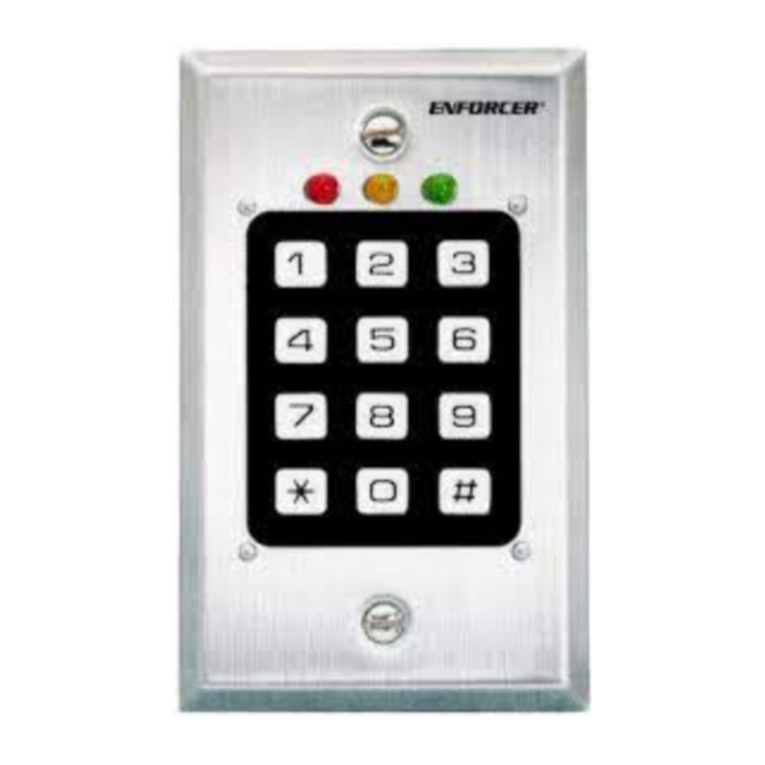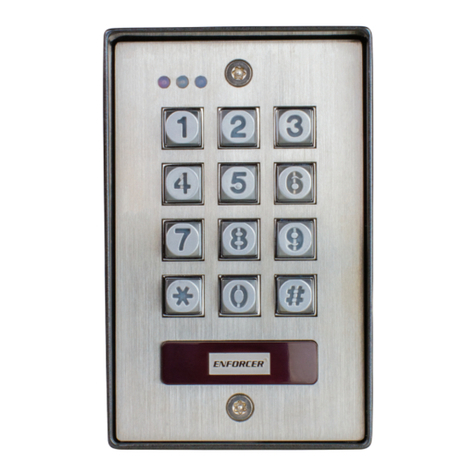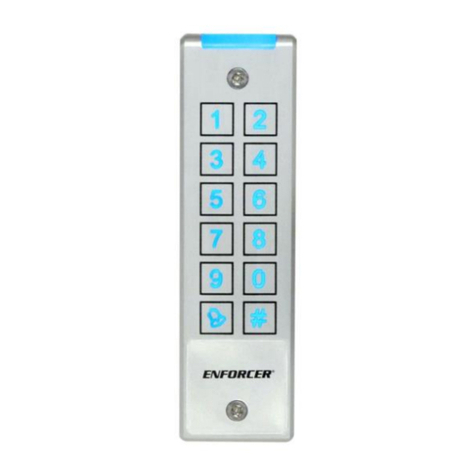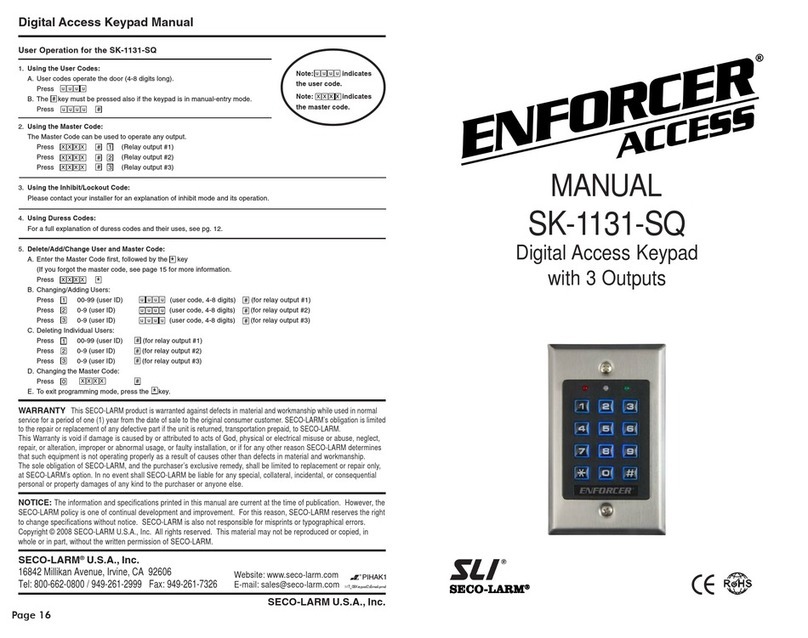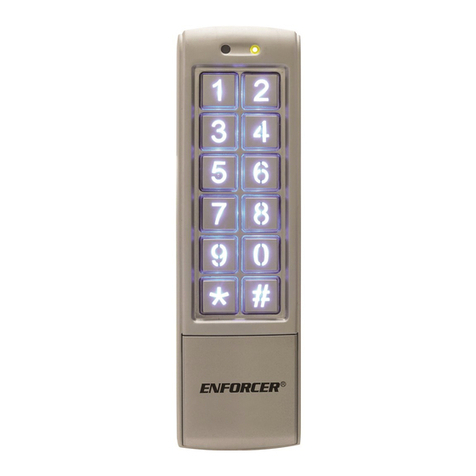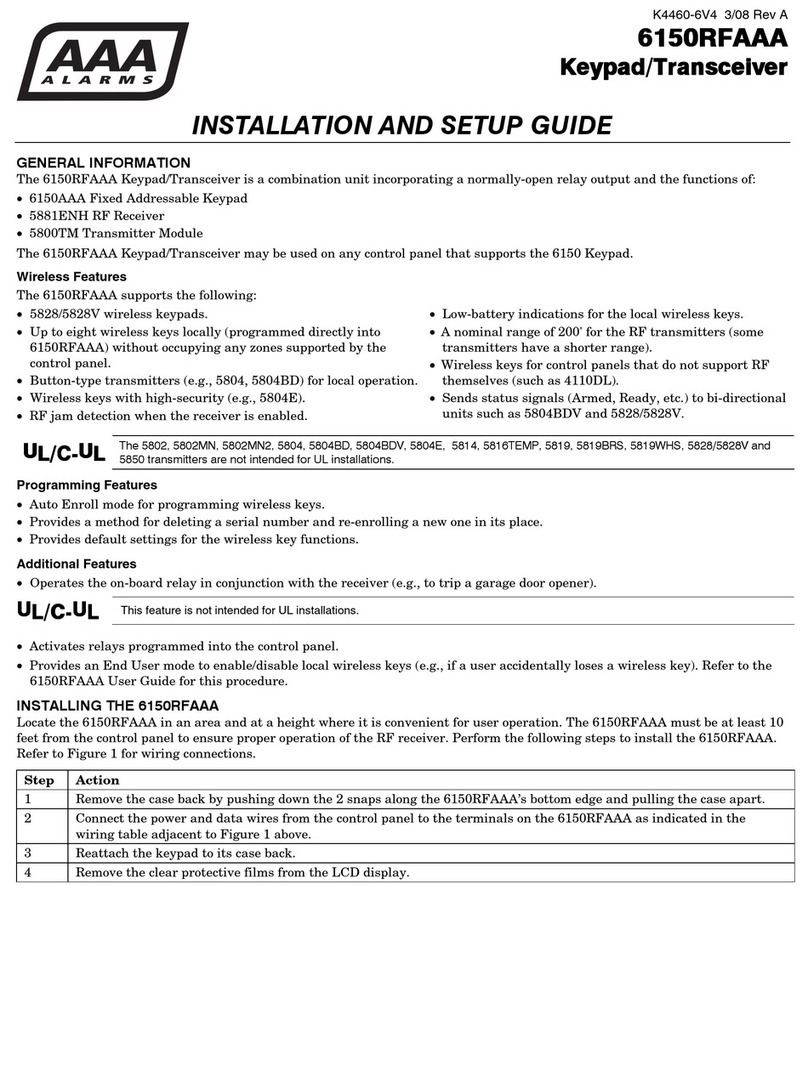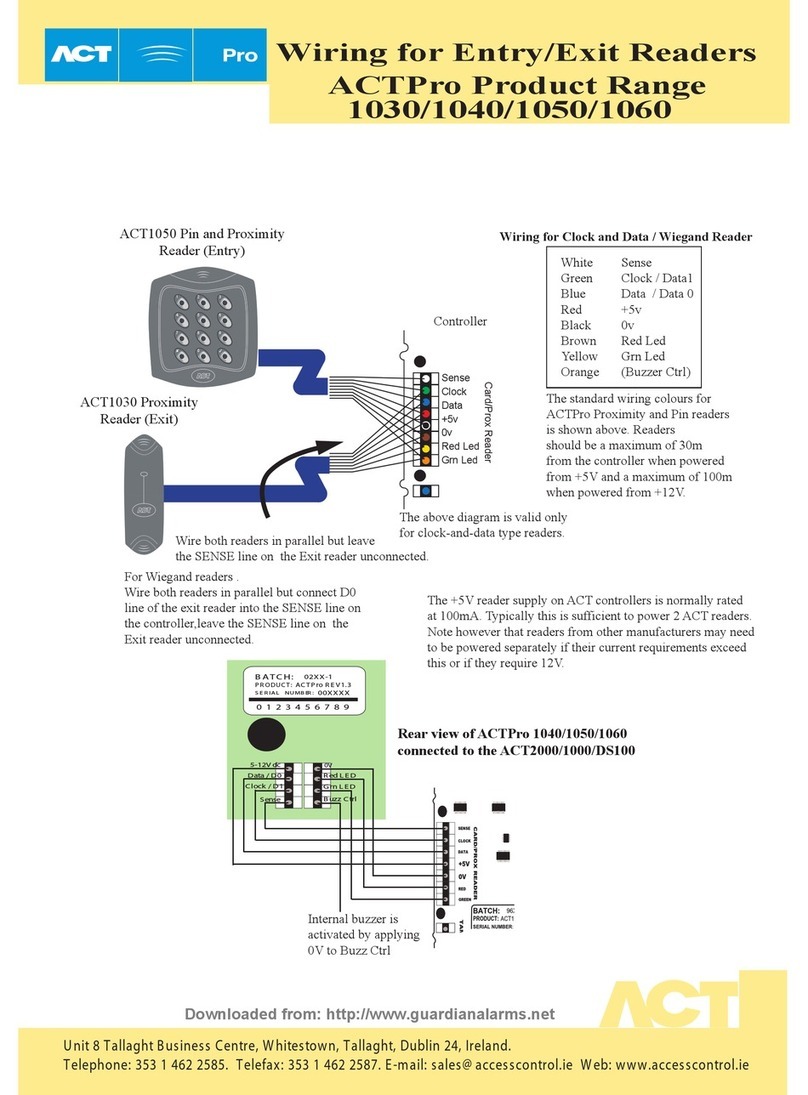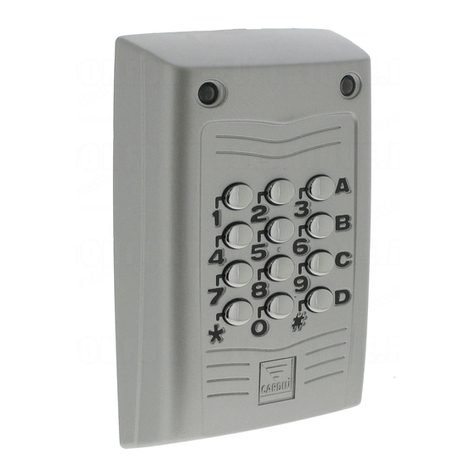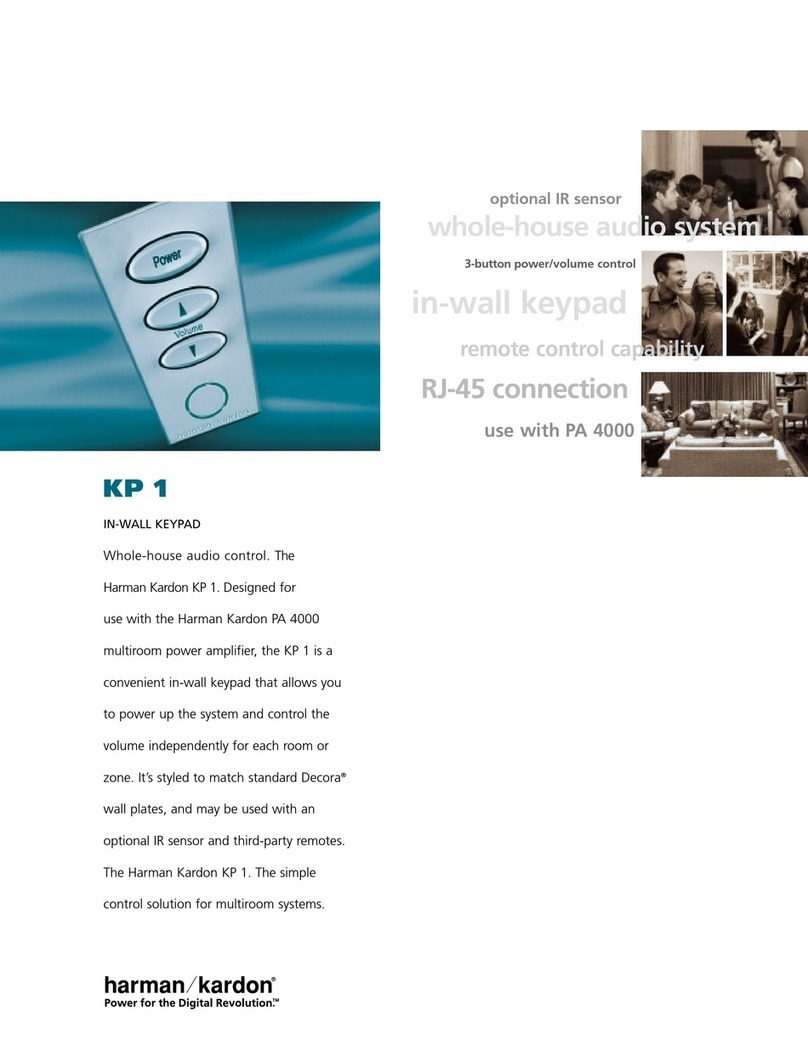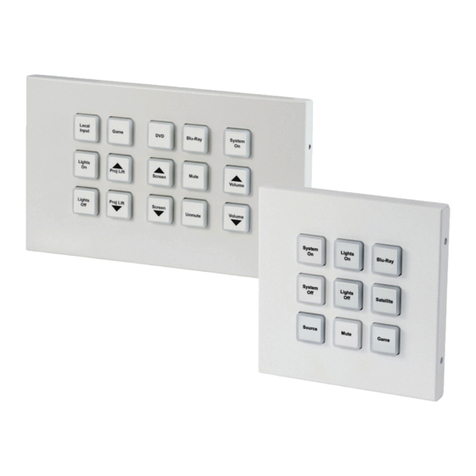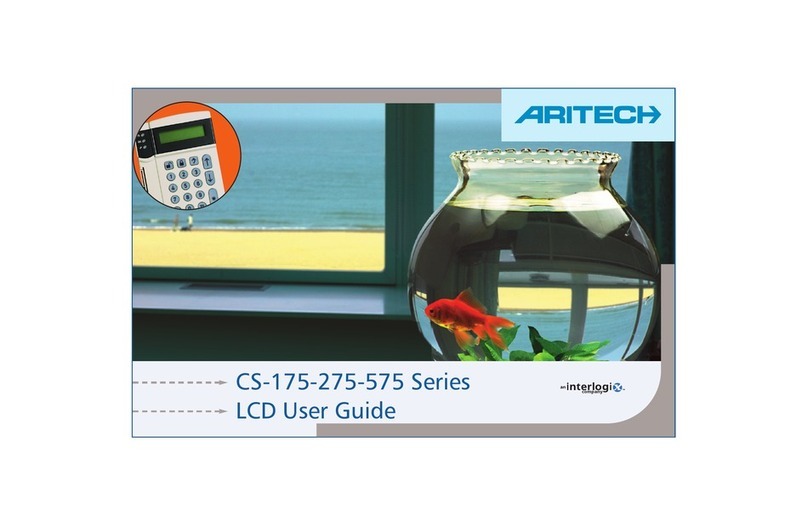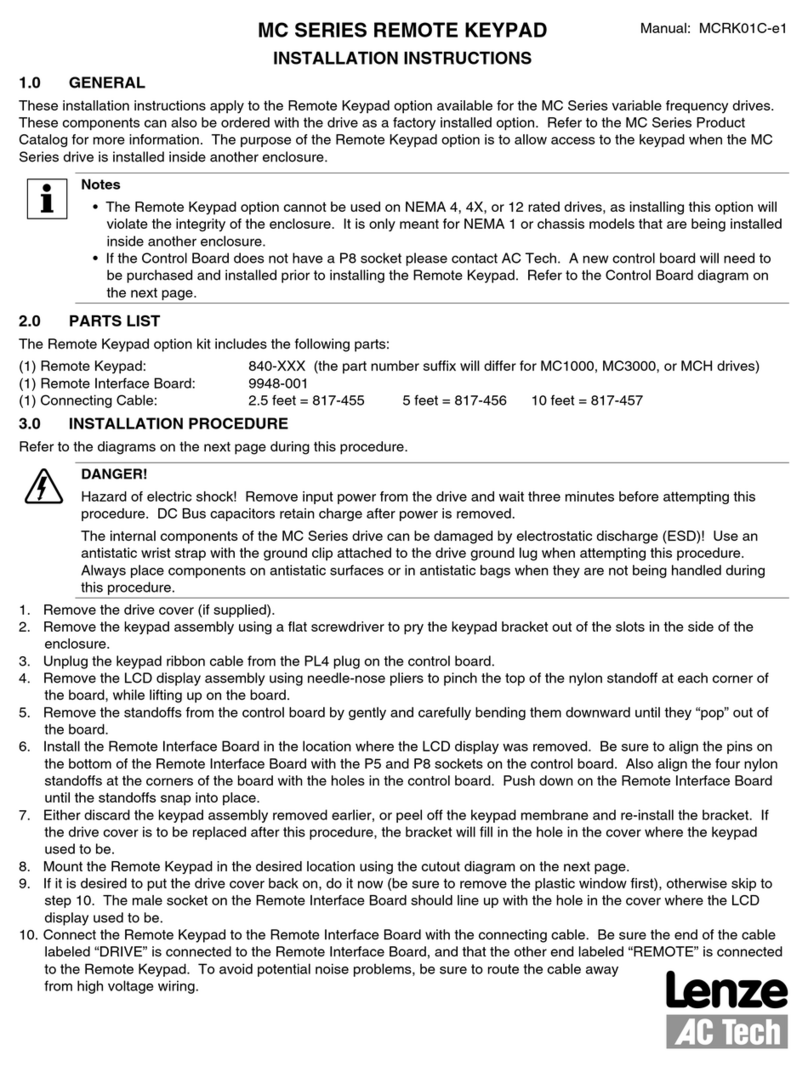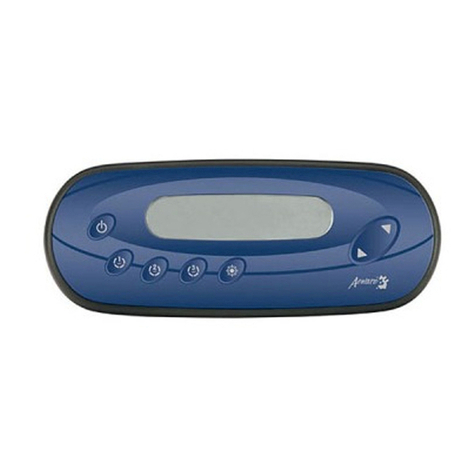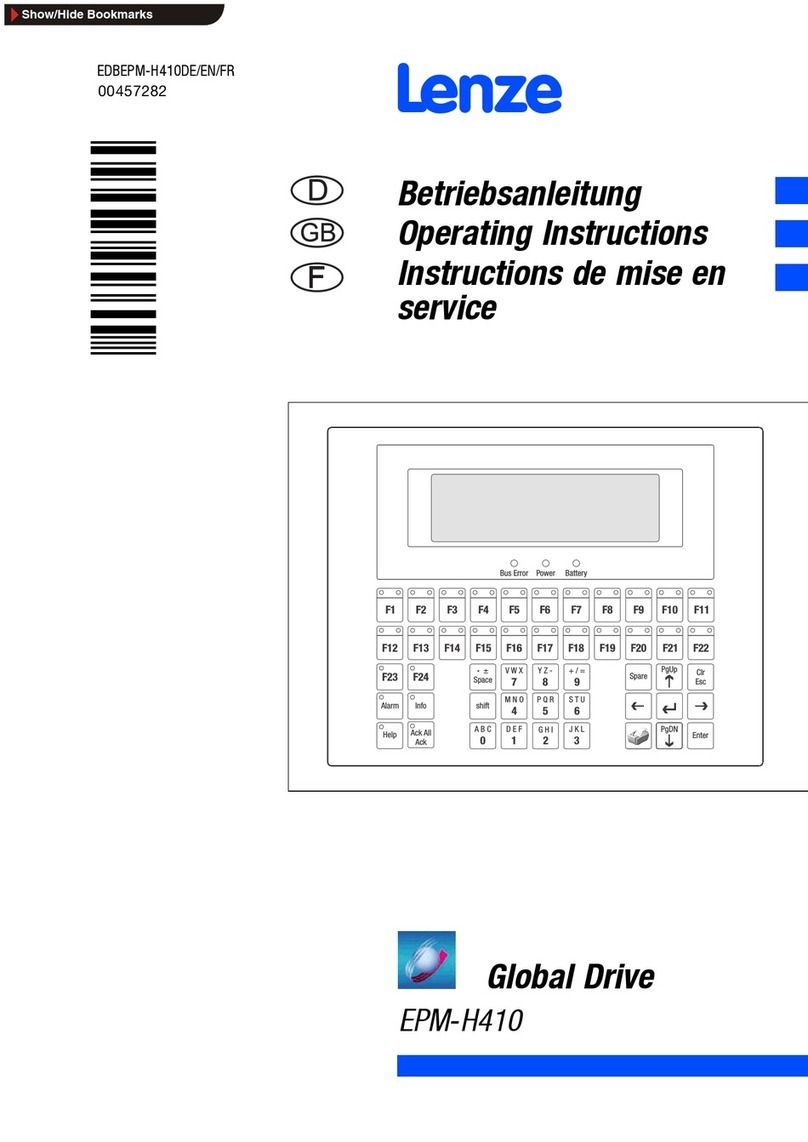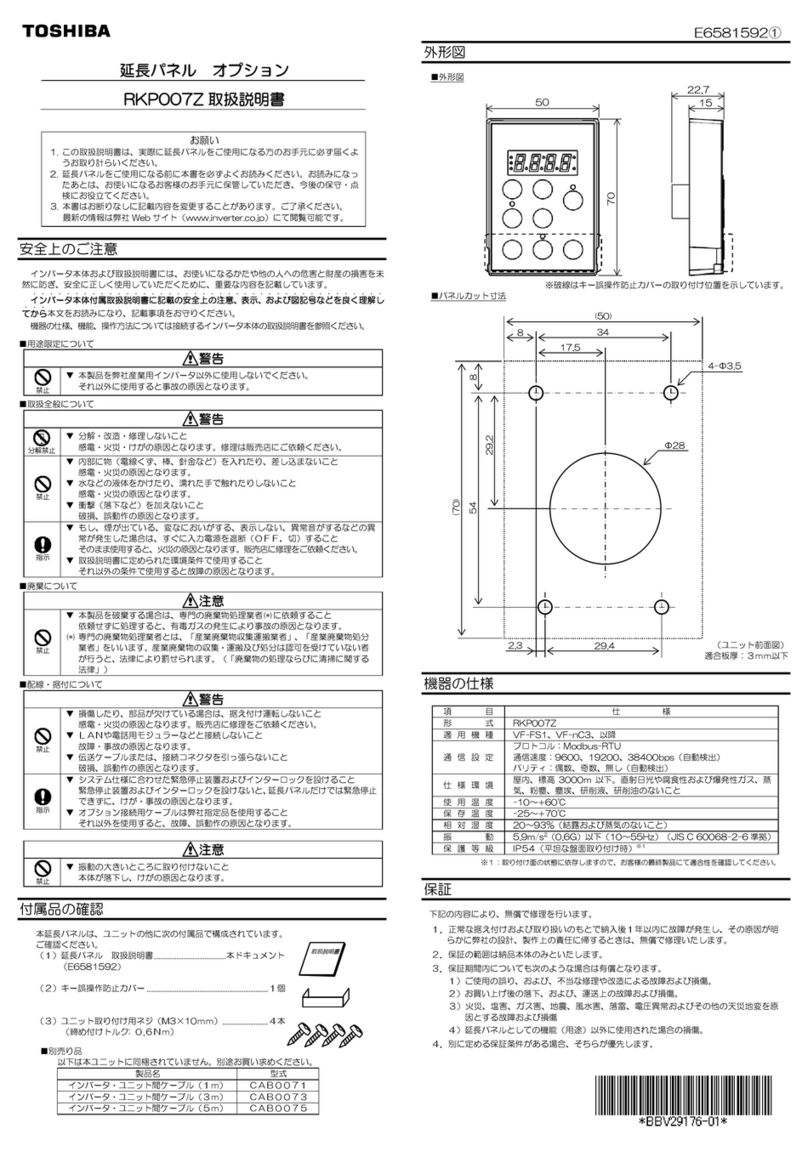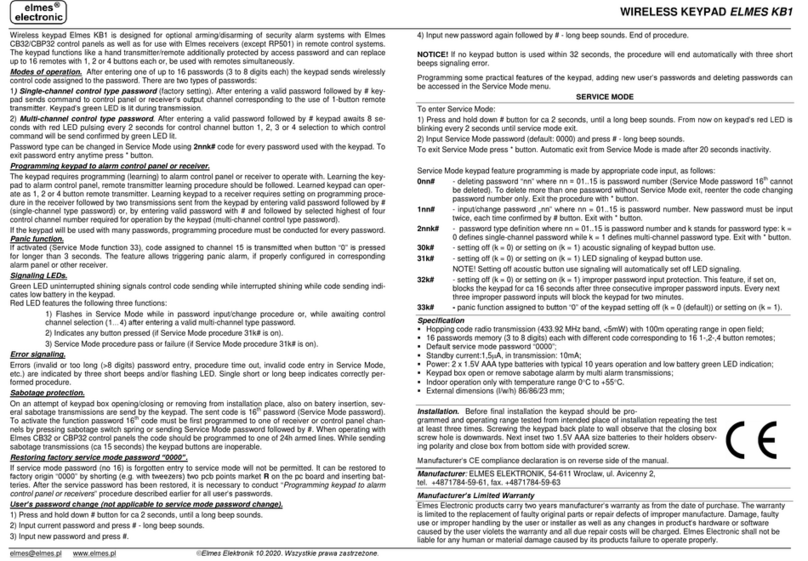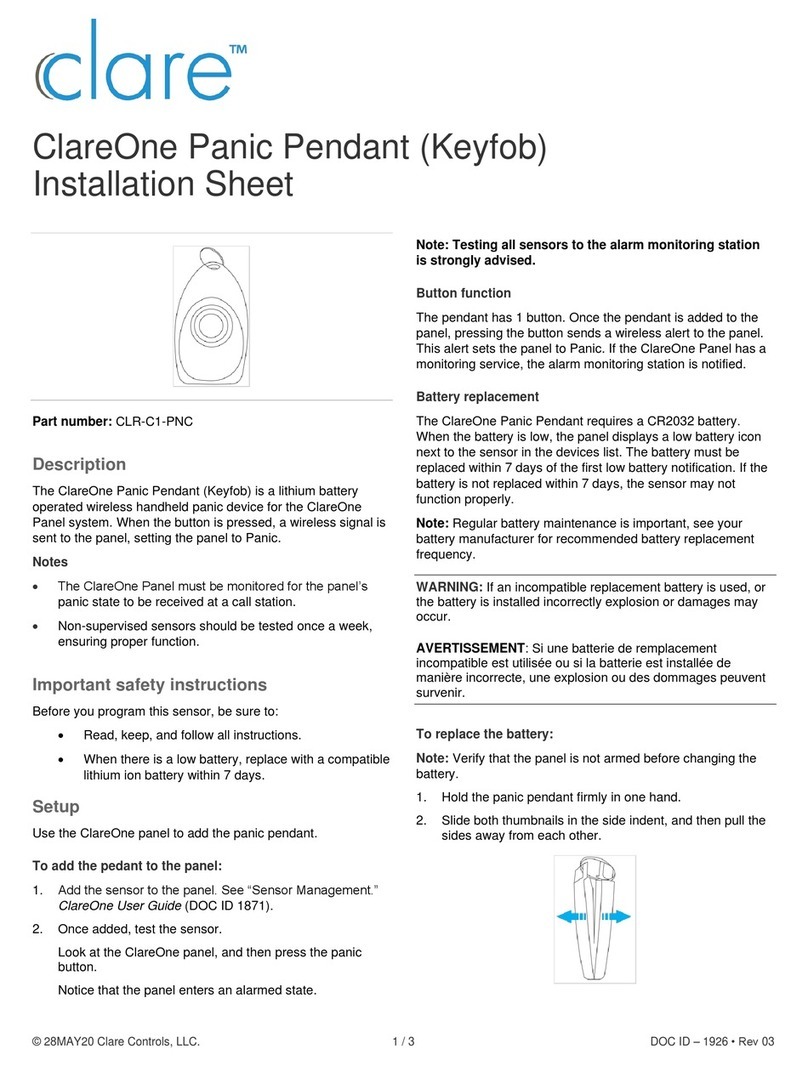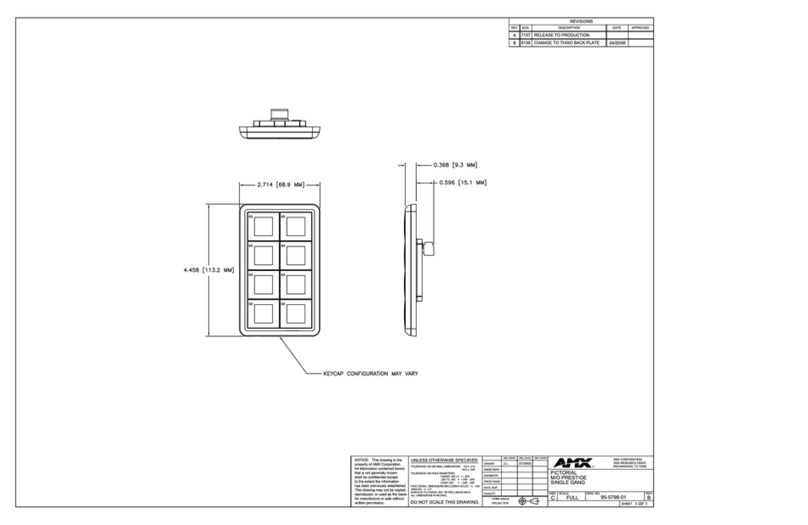
Indoor Illuminated Access Control Keypad with Proximity Reader
4 SECO-LARM U.S.A., Inc.
Table of Contents
Quick Installation Guide .................................... 2
Mounting Diagram ............................................ 2
Quick Wiring Diagram ....................................... 2
Quick Programming Guide ............................... 3
Table of Contents ............................................. 4
Overview ........................................................... 4
Parts List ........................................................... 5
Specifications ................................................... 5
LED Indicators and Keypad Sounds ................. 6
Installation ........................................................ 7
Important Notes ................................................ 7
Wiring Diagram ................................................. 8
Sample Applications ......................................... 9
Getting Ready to Program .............................. 10
Programming Format and Default
Programming Values .................................. 12
System Restore .............................................. 13
Programming the Master Code....................... 13
The Super User Code ..................................... 14
Programming a Common User Code ............. 15
Programming User Codes and Proximity
Cards .......................................................... 16
Programming Visitor Codes ............................ 18
Programming Duress Codes .......................... 19
Programming the Output Mode and
Duration ..................................................... 21
Programming the Real-Time Clock ................ 22
Programming Output 1 Auto-Disable Time .... 22
Programming Wrong-Code System Lockup ... 24
Programming the User Code Entry Mode ...... 24
Programming the Keypad Sounds ................. 25
Programming the Output Relay-Activation
Sounds ....................................................... 25
Programming the Center LED in Standby ...... 26
Programming the Door-Forced-Open
Warning/Duration ....................................... 26
Programming the Door-Propped-Open
Warning/Delay ........................................... 27
Programming the Door Open
Warning/Duration ....................................... 27
Programming the Egress
Delay/Warning/Alarm ................................. 28
Direct Access to Programming ....................... 30
Installer Notes ................................................ 30
Users' Guide to Operating the Keypad .......... 31
Accessories .................................................... 32
Troubleshooting ............................................. 32
Warranty and Notices ..................................... 32
Overview
45/8"
(117mm)
27/8"
(73mm)
115/16"
(49mm)
47/16"
(112mm)
